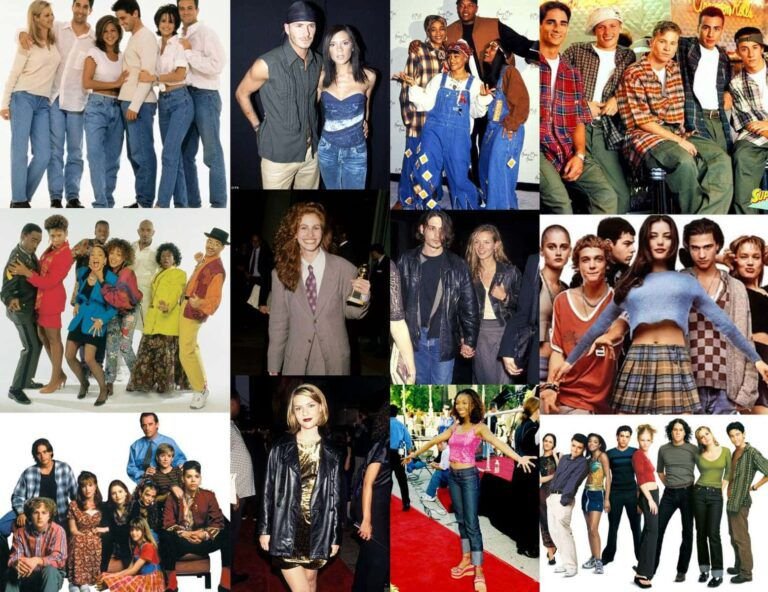
A Golden Decade: The Power and Glamour of the 1990s
The 1990s remain one of the most iconic decades in fashion history. It was the era of supermodels Naomi Campbell, Cindy Crawford, Linda Evangelista, and Claudia Schiffer who didn’t just wear clothes; they defined beauty and global aspiration. Fashion shows were exclusive spectacles, held in grand salons and attended only by the elite.
Luxury houses like Versace, Chanel, Dior, and Gucci shaped the identity of the decade through bold silhouettes, sensual designs, and a celebration of individuality. The 90s also marked the rise of designers as cultural icons from Gianni Versace’s opulent vision to Tom Ford’s provocative sensuality at Gucci.
Fashion was an aspiration, a dream seen through glossy magazine pages and televised runway moments. The industry was ruled by exclusivity and controlled narratives. But all of that was about to change.
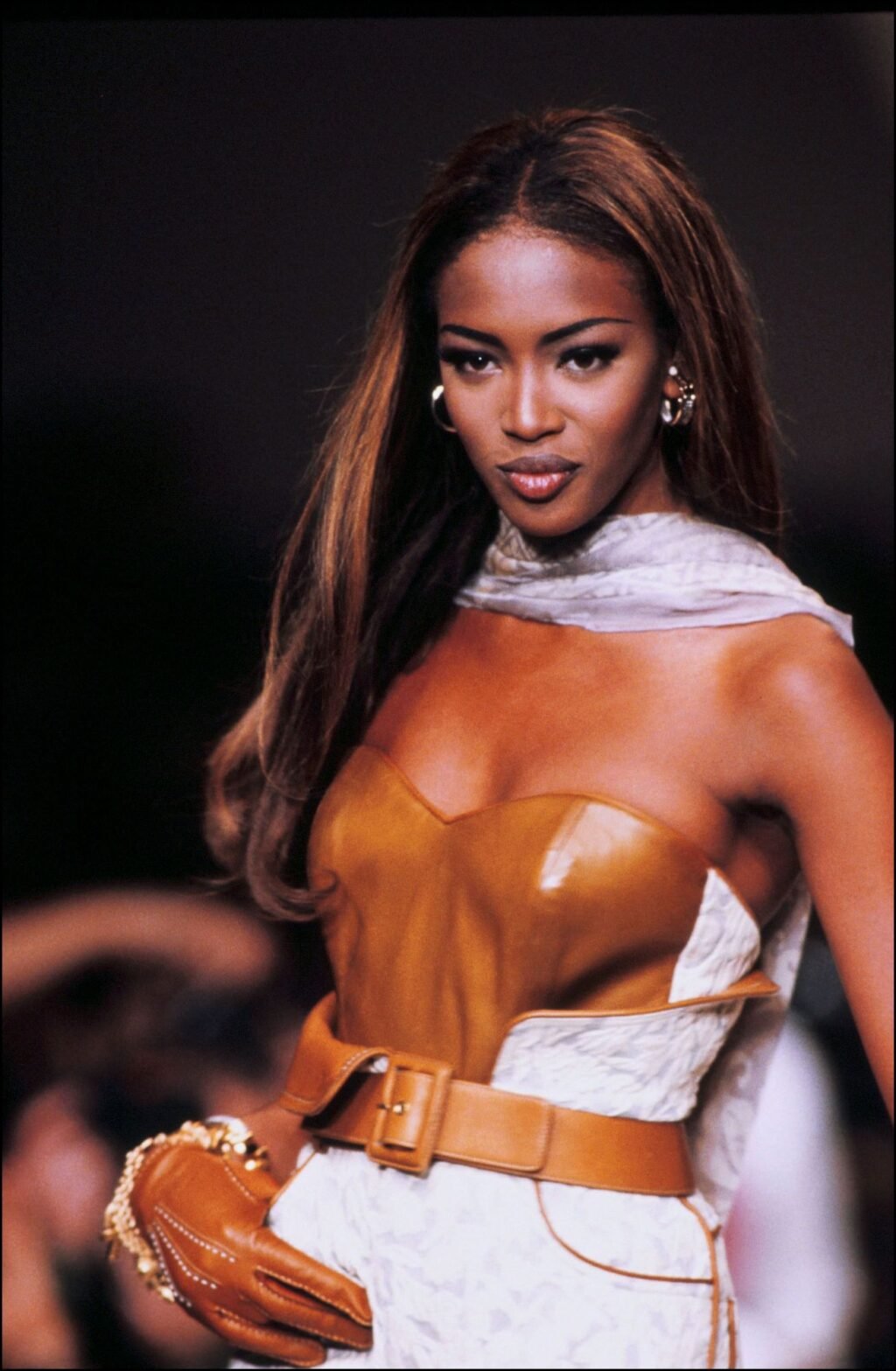
The Digital Revolution: When Fashion Met Technology
The 2000s and beyond ushered in a seismic shift. The birth of the internet and later, social media shattered the walls of exclusivity. Suddenly, anyone could access fashion.
Instagram became the new front row. TikTok became the new trend incubator. The power to influence style was no longer limited to editors or designers it belonged to everyone.
This democratization created new stars: influencers, content creators, and digital stylists who redefined what it means to be fashionable. Traditional runway shows evolved into livestream experiences, and fashion week became a global digital event.
Fashion became faster, more interactive, and more accessible but also more challenging. The constant demand for newness reshaped the rhythm of creativity.
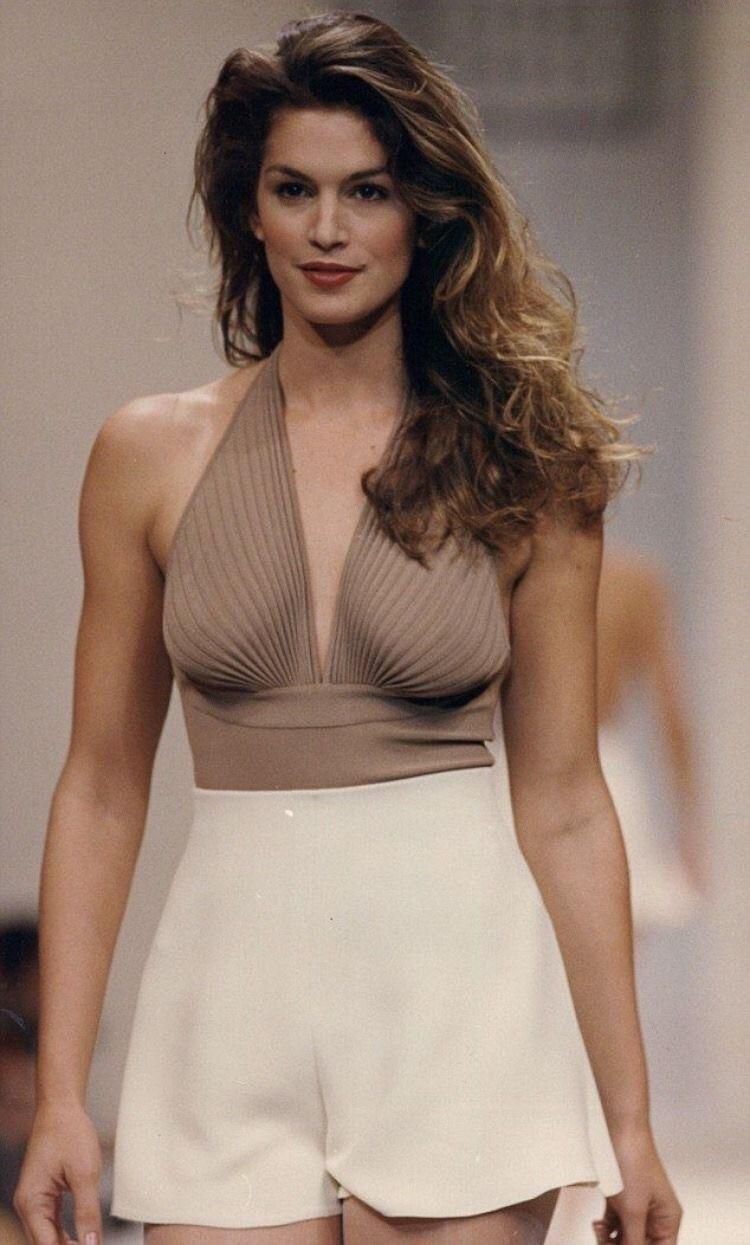
From Fast Fashion to Conscious Creation
While accessibility grew, so did awareness. The 2010s saw the rise of sustainable fashion, as the industry confronted its environmental impact. The once-unquestioned culture of overproduction faced global scrutiny.
Designers began to prioritize ethical sourcing, circular design, and transparency. Brands like Stella McCartney, Gabriela Hearst, and Marine Serre led the way in proving that luxury and responsibility can coexist.
Consumers, too, became more conscious. The new generation values authenticity, storytelling, and sustainability over logos and status. The meaning of “luxury” evolved it’s no longer just about price or exclusivity, but about values.
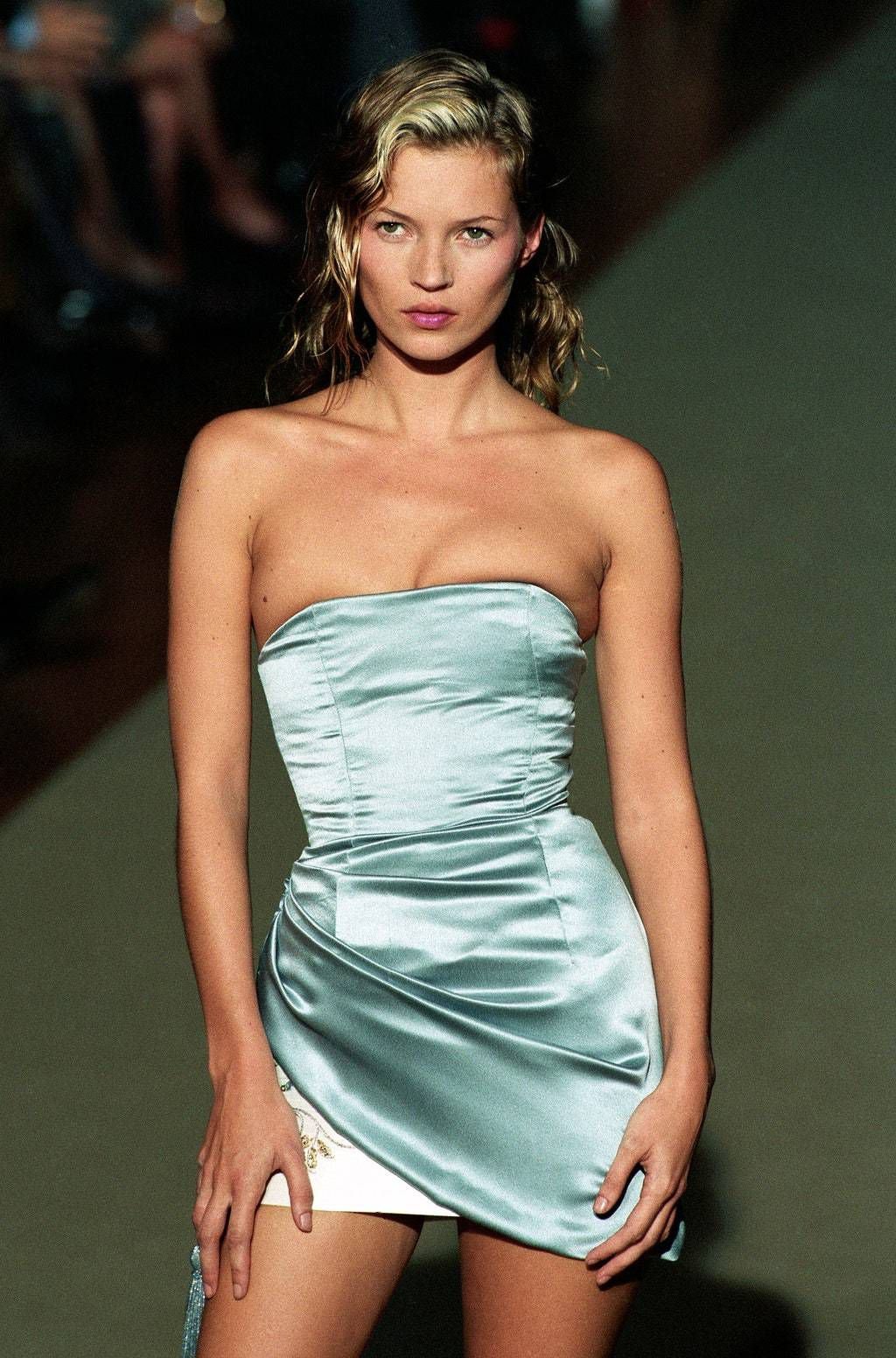
Inclusivity and Representation: Fashion for All
Perhaps the most revolutionary change of all has been the industry’s embrace of diversity.
Where the 90s celebrated a narrow definition of beauty, the 2020s celebrate plurality.
Runways now feature models of all sizes, colors, genders, and backgrounds. Brands like Savage x Fenty, Balmain, and Diesel are championing a message of inclusion and representation that resonates with global audiences.
Fashion has become a mirror of society reflecting its complexities, its aspirations, and its evolution.
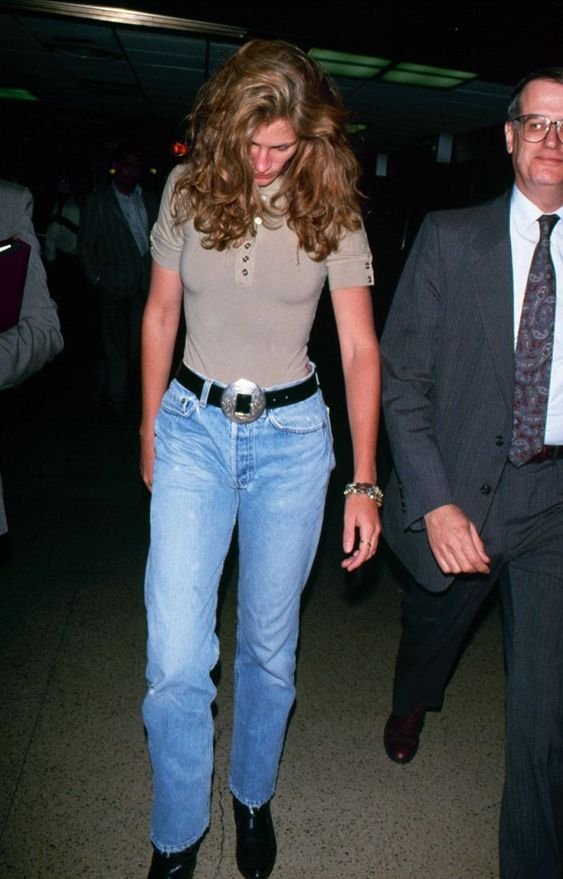
AI, Virtual Runways and the Future of Style
As we move deeper into the 21st century, fashion’s relationship with technology continues to evolve. Artificial intelligence is now part of creative processes — from predictive trend analytics to digital garment design.
Virtual fashion shows, 3D modeling, and the emergence of the metaverse are redefining what fashion can be. Brands like Balenciaga, Gucci, and Dior are experimenting with immersive experiences that blend physical and digital realities.
The future of fashion lies in innovation but also in preserving the human emotion that gives it meaning.
Between Nostalgia and Innovation
Today, fashion stands at a crossroads between nostalgia and innovation.
The 90s still inspire collections, from minimalist tailoring to the revival of Y2K aesthetics. Yet, the digital age pushes designers to constantly reinvent how we experience fashion not just what we wear, but how we feel connected to it.
From supermodels to virtual influencers, from haute couture salons to augmented reality runways, fashion remains what it has always been: a reflection of who we are, and who we aspire to become.

By Licence Magazine
Where culture, creativity, and luxury meet the future.

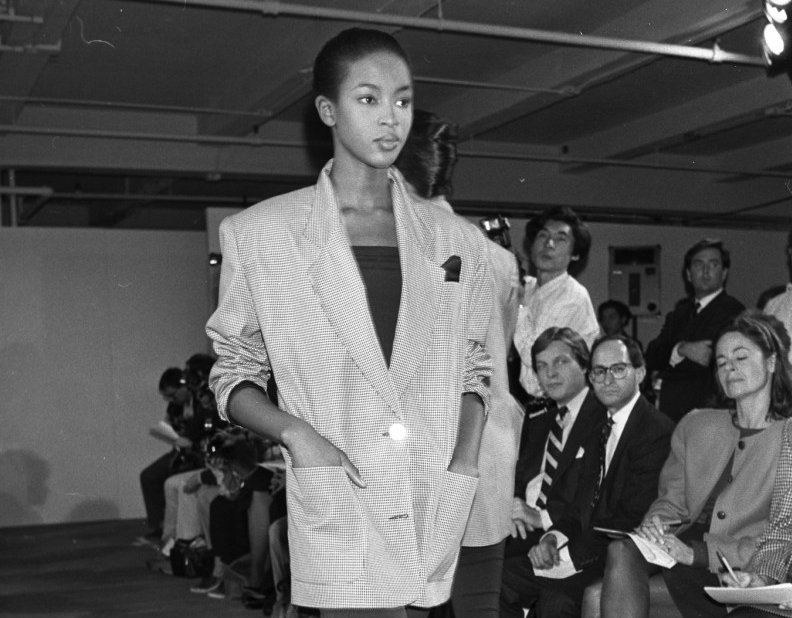
**mindvault**
mindvault is a premium cognitive support formula created for adults 45+. It’s thoughtfully designed to help maintain clear thinking
Ah, the ever-evolving tale of threads! Licence Magazine captures it perfectly – from glossy dreams to digital dopamine hits. I love how it calls this revolutionary, when really, its just fashion catching up to the rest of the internet. Who knew scrolling could be so trend-setting? But hey, maybe having influencers dictate style via Insta is just the next logical step after catwalks full of bewildered models. And the sustainable angle? A delightful twist – finally, luxury can look vaguely guilt-free! Though watching a virtual Balenciaga show sounds like trying to appreciate art through a screen door. In the end, its all just fashion, reinventing itself every five minutes while we try to keep up. A beautiful, chaotic dance of fabric and pixels!ai watermark removal